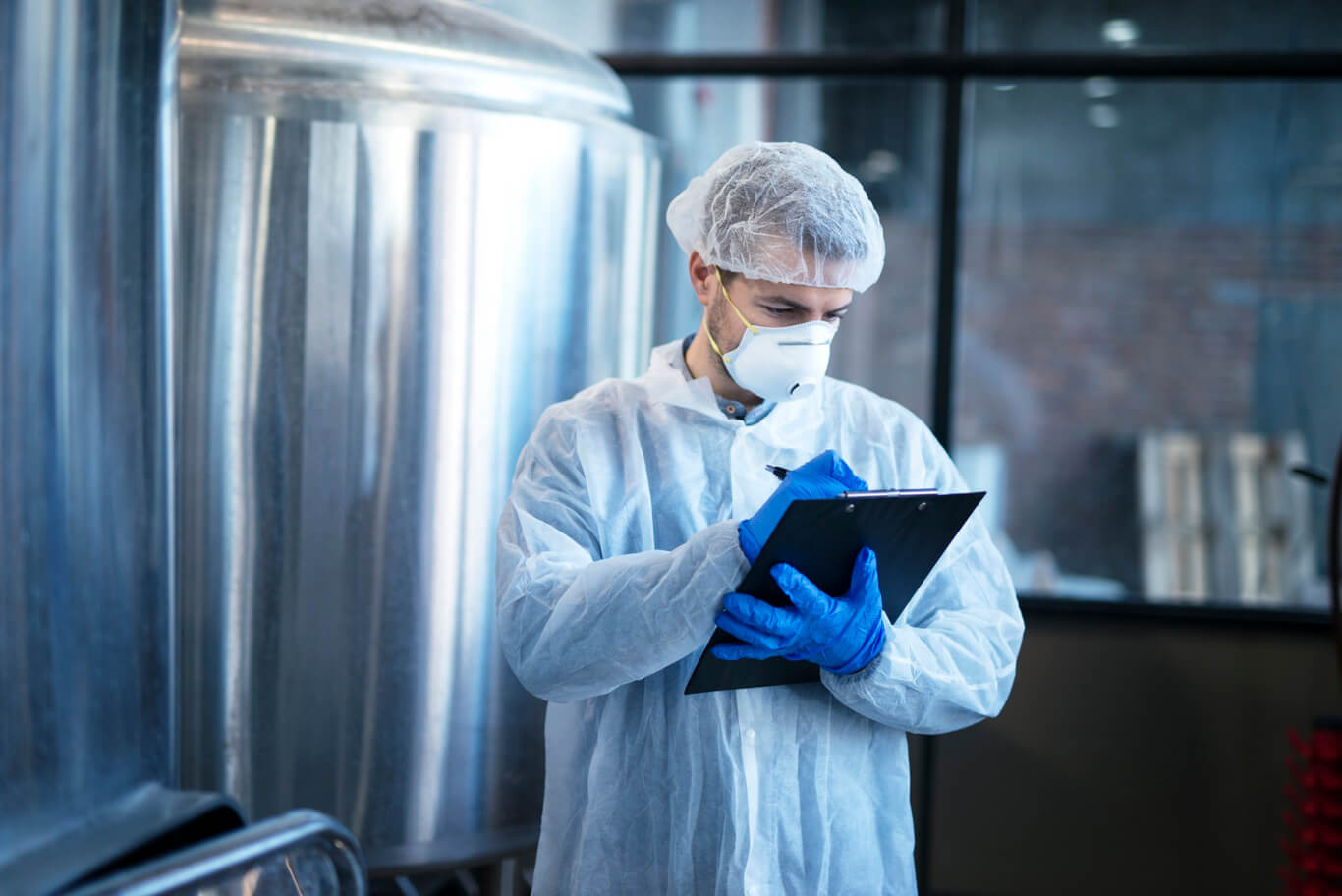
How to Safely Handle and Store Sterilant Chemicals in Australian Workplaces
G’day mates! If you've found yourself here, I bet you’re in charge of handling sterilant chemicals at work or perhaps you’re just keen to learn more about how to do it safely. In the land Down Under, we’ve got to keep things tip-top, so understanding proper handling and storage of sterilant chemicals is crucial. Let’s dive into it, hassle-free and full of practical tips to keep you and the environment safe.
Understanding Sterilant Chemicals: A Quick Rundown
Sterilant chemicals are the heavy-duty superheroes used to wipe out all microorganisms from objects - we’re talking bacteria, viruses, fungi, the lot. They’re mainly used in hospitals and medical settings to sterilize equipment and surfaces that might come into contact with patients. A little knowledge about the types of these chemicals and their safety considerations will go a long way.
Types of Sterilant Chemicals
Liquid Sterilants
- Glutaraldehyde: A bit strong in scent and effective for sterilizing endoscopes and dialysis machines. But boy, it can irritate the nose something shocking if you’re not careful.
- Ortho-phthalaldehyde: A kinder alternative to glutaraldehyde, often used for dental gear. Still, handle with care!
- Hydrogen Peroxide: Needs a bigger dose for sterilizing - around 7.5% to 25%. Your domestic stuff is a watered-down version, only 3% or thereabouts.
- Peracetic Acid: Fast-acting and effective, usually used in systems that can handle spore test strips.
- Sodium Hypochlorite (Bleach): Not just for the dunny; bleach can sterilize if left to soak for long enough.
Gaseous Sterilants
- Ethylene Oxide: Powerful enough to sterilize medical equipment but handle with caution—this one’s a known carcinogen.
- Formaldehyde: It’s nasty stuff, both a mutagen and a carcinogen, so full PPE is a must.
- Ozone: Perfect for decontaminating air and medical devices. It’s reactive, so its use is a bit limited.
- Nitrogen Dioxide: Found in pharma and biotech industries, great for delicate materials sensitive to temperature.
How They Work: The Mechanics of Sterilant Chemicals
Sterilant chemicals are not just using brute force. They’re a bit like those tactical cricketers - targeting and dismantling the microorganism structures meticulously:
- Oxidative Chemistry: Works by messing with cellular membranes and DNA. Think Hydrogen Peroxide or Peracetic Acid.
- Protein Modification: Formaldehyde jumps in here, altering proteins to nix the microbe.
- Denaturation: Types like Glutaraldehyde cause proteins to unravel and collapse - a knockout move!
Safety Considerations in Handling Sterilant Chemicals
Let’s talk safety, shall we? Using sterilant chemicals can be risky business – affecting health and the environment if not managed properly. Here’s what you need to know:
Health Risks
Many sterilants can be toxic, leading to breathing and skin troubles or other health challenges if you’re not suited up correctly. Ethylene oxide and glutaraldehyde are particular troublemakers in this area.
Environmental Impact
When it comes to getting rid of these chemicals, they can be as much hassle as a pelican in your backyard, potentially harming the environment. So, hospitals and workplaces need to sort their waste management wisely.
Best Practices for Safe Use of Sterilant Chemicals
Righto, here’s the bit where we explain how to go about using these chemicals safely so you don’t end up in a spot of bother:
Assessment and Risk Categorisation
Evaluate where and why chemicals are being used. Categorise the risk - critical, semi-critical, or non-critical - and pair it with the right sterilant.
Minimisation and Alternatives
Team up with infection prevention and environmental services to cut down on sterilant use or find less toxic alternatives. You don't want to sacrifice infection control, though!
Proper Handling and Storage
Store sterilants in covered containers and always comply with health and safety protocols. Remember, protective gear is your best mate when dealing with these substances.
Quality Testing
Like a good old car check-up, regular testing of chemical quality and efficacy is essential. For instance, spore strips can be used for effectiveness checks.
Conclusion: Safe Handling for a Safer Workplace
Handling sterilant chemicals safely is not just about following rules; it’s about safeguarding your mates and Mother Nature. Understanding the various sterilants, their risks, and the best practices for use means you’ll prevent unnecessary harm while maintaining top-notch sterilization standards.
At the end of the day, safe workplaces rely on the knowledge and careful handling of these power-packed chemicals. So keep your gear ready, stay informed, and continue to contribute to a safer Australia!
